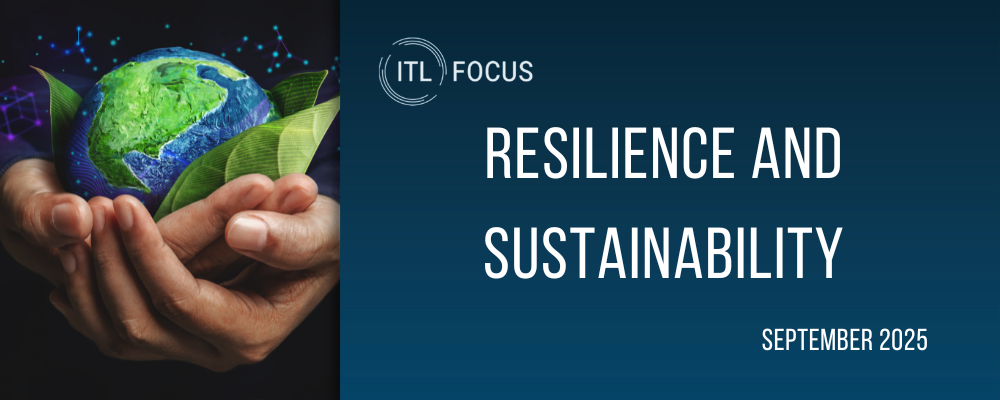Doing a major remodel on a home for the first time, I was struck by the builder’s comments when he saw the architectural drawings—comments along the lines of, “Oh, why did he specify this material, or take this design approach? If he had just done X or Y, he’d have saved you a lot of money.” At that point, we could have gone back to the architect, but that would have meant more fees and caused a long delay as we restarted the approval process with the city, so we went with the original plans. With our second major remodel, we knew better but were still trapped by the sequential nature of the process: An architect does the design, and then you put the project out to bid with builders. We finally succeeded on introducing cost to the design process the third time around, but only because I had formed a partnership with a builder to buy and remodel a home on spec. The builder would earn a share of the profits, so he happily dove into the design discussions. In this month’s interview, Francis Bouchard, managing director of climate at Marsh McLenna, says efforts to make property more resilient in the face of escalating dangers must move toward the collaborative approach that worked in my third remodel. And, happily, he sees real progress. Historically, someone built a building, a house or a community, then insurers came in and priced the risk. Instead, Francis says, the issue of “insurability” should be baked in from the beginning of the development of a property. “Focusing on insurability allows us to enlist other critical players in the housing space to adopt this same, shared accountability approach,” he says. “When you aggregate this approach across every player in the value chain, you create transformative results. You get architects incorporating resilience, developers considering wildfire protection, fully certified contractors who understand requirements, and properly prepared supplies that don't cause delays.” He offers a long list of ways that the “insurability” conversation is taking hold. I think you’ll find it encouraging, even as we all see the headlines about soaring damages from natural disasters—perhaps especially as we all see those headlines. Francis pointed me toward Nancy Watkins, a principal and consulting actuary at Milliman, who is building a “data commons” on what works and what doesn’t work when it comes to reducing risk in the wildland-urban interface (WUI), where so much of the risk from wildfire sits. Mitigating the risk for existing homes obviously has to be a huge part of any resilience effort. She and her colleagues have completed the first two phases of the project (he report on Phase 2 is here) and are embarking on Phase 3, which will see them shepherd major mitigation efforts in 30 to 50 communities in as many as seven states. (She says she’s “trick or treating” for sponsors, so contact her if you’re interested in getting involved.) I’m sure there will be lots of disappointments. As she noted to me, it’s not enough just to have the data on what works, you have to get it out to people and have to get them to act on it, both as individuals and as a community. And getting good data is hard enough. But I’m more encouraged than I was before talking with Francis and Nancy and think you will be, too, once you read this month’s interview and check out the recent ITL articles I’ve shared on resilience and sustainability. Cheers, Paul | 

